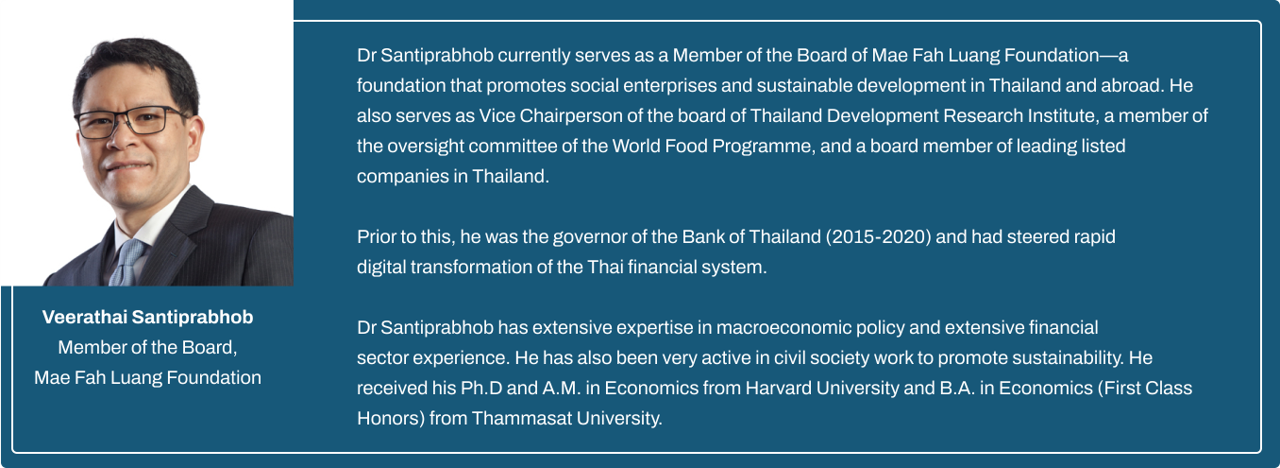As Asian centres bid to become the regional carbon trading hub, questions have been raised about the verification and pricing methods involved. There are specific operational aspects of the certification process that are still in the refinement stage. A higher overall quality of credits is also necessary. Institutional investors, however, have indicated their willingness to engage with companies to push for greater decarbonisation.
The carbon emissions market takes another step forward this month when the Tokyo Stock Exchange starts trading carbon credits. Meanwhile, Singapore is pushing ahead with its plan to become a carbon credit trading hub via the Climate Impact X (CIX) carbon exchange, which launched in June.
According to the World Bank, carbon pricing is critical to scaling up climate action. It is seen as a just method of shifting the burden for the damage caused by heat waves and rising sea levels to those who are responsible for it, and who can reduce it. Carbon pricing also stimulates clean technology and market innovation, fuelling new, low-carbon drivers of economic growth.
As one of the world’s top CO2 emitters, Japan is a bit late to the party, though. Sustainalytics has already warned that at current sluggish rates of decarbonisation, companies in Asia Pacific are likely to cause the world to warm by close to 3 degrees Celsius, double the Paris Agreement target.
Carbon offset credits represent one ton of CO2 actually removed from the atmosphere. This can be achieved in a number of ways, typically by the planting of trees but also by direct capture from the source of emissions. A company that is capable of removing carbon that would otherwise end up in the atmosphere can sell these CO2 reductions as carbon credits.
There’s no unified global marketplace for carbon trading, but there are several regional markets where cap-and-trade programs exist, as well as various trading platforms. The voluntary carbon market has grown strongly in recent years spurred on by the commitments made to the Paris Agreement net zero goals.
Globally, the carbon pricing schemes now in place cover about half their emissions, which translates to about 13% of annual global greenhouse gas emissions.
Under the TSE’s J-Credit system, the government certifies as credit the amount of greenhouse gas emissions, such as CO2, reduced or removed through efforts to introduce energy-saving devices and manage forests.
The CIX meanwhile, established jointly by Temasek, DBS, Standard Chartered and the Singapore Exchange, aims to scale the voluntary carbon market, facilitating the sale of large-scale, high-quality carbon credits through standardised contracts. Compared to the direct purchase of credits from a specific project, standardised contracts enable the pooling of a high volume of credits across multiple projects.
While these trading initiatives are to be welcomed, investors are right to remain wary of the logistics and methods involved in carbon credit calculations. There are many unanswered questions on the concept of carbon trading, and specific operational aspects of the certification process that are still in the refinement stage.
If, for example, an oil and gas company buys 10 years of carbon credits for offset, the buyer needs to be able to authenticate and verify that the seller of the carbon credit is able to meet that obligation. That’s a significant consideration for any long term investor.
There are also concerns about costs and pricing of offsets. For example, renewable power-derived credit offsets are questionable once you drill down on the supply chain and life cycle.
And how do you determine the net carbon credit of a rainforest? As Edhec infra and private assets project director Darwin Marcelo puts it, “carbon emissions are not like financials, which can be sourced back to indivudual invoices. Carbon molecules cannot be counted as they float away. Estimating emissions either requires an in-depth asset level investigation, or using a proxy of some sort. TCFD allows proxies to be used, but not all are convincing.”
As with much of the science around measurement and benchmarking of a company’s or a portfolio’s green-ness, there is still much scope for the system to be gamed, or simply exploited by phoney consultants and junk offset promoters climbing on the decarbonisation bandwagon.
There remains considerable scepticism about allowing firms to buy credits from tree planting, rather than actually reducing their gross emissions. New Zealand is the only country that allows limitless tree planting in its ETS an its Climate Change Commission (CCC) believes the country’s ETS is undermining the country's reduction targets. A recent report by the CCC report warned that mass planting will eventually lead to huge amounts of credits coming onto the market, which will drive down pricing. Ultimately they predict the price of carbon will be so low as to no longer be an incentive for polluters to alter their practices.
Carbon market sceptics also say it’s time to do away with the voluntary carbon markets altogether and take real action through carbon taxes and emissions caps. Others argue that what the market really needs is a greater supply of high quality carbon credits that cater to companies willing to buy them at a premium.
That is the test for these new carbon credit platforms. A sustainble carbon market will only be an effective component in scaling up climate action if the underlying assets are credible.
Posted 04/10/2023

















